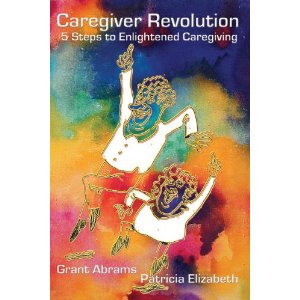Question arose about how to work with the Angels Healing Journey material and I wrote something up. In retrospect think that it looks like a good summary of the ways that one can work with the Labyrinth Readers Society materials, so I will post it.
You can go to www.theclearlight.com and you will see a lot of material about how to do readings. Using the AHJ is much like using the American Book of the Dead, so the information there, especially in the “How to Do a Reading” section does apply.
You can also join our very active discussion group the LRS Forum on Facebook where we talk about doing readings for the benefit of others and discuss a new service technology called “orb runs,” FYI, I wrote an article about the relationship between reading and “orb running” on this caregiver website.
We also have study groups which meet live on the internet in various chat venues. Several are currently active at the prosperity virtual ashram on the second life platform.
If you don’t know about the ashram you can read about it here: What is Ashram Work?
It’s easy to get to the Ashram, go to secondlife.com and choose an avatar. Download the free environment. Go to prosperity//the link below, then please send us your avatar’s name. There are many ongoing programs.
One location in secondlife where we offer an open meeting and discussion on Tuesday evenings 7pm PST is: http://maps.secondlife.com/secondlife/prosperity/113/207/2011
Finally, we are in the process of developing a home study course for working with the readings. It will be oriented around the American Book of the Dead but the skills of doing readings apply to the Angels Healing Journey as well.
Thanks – Grant




